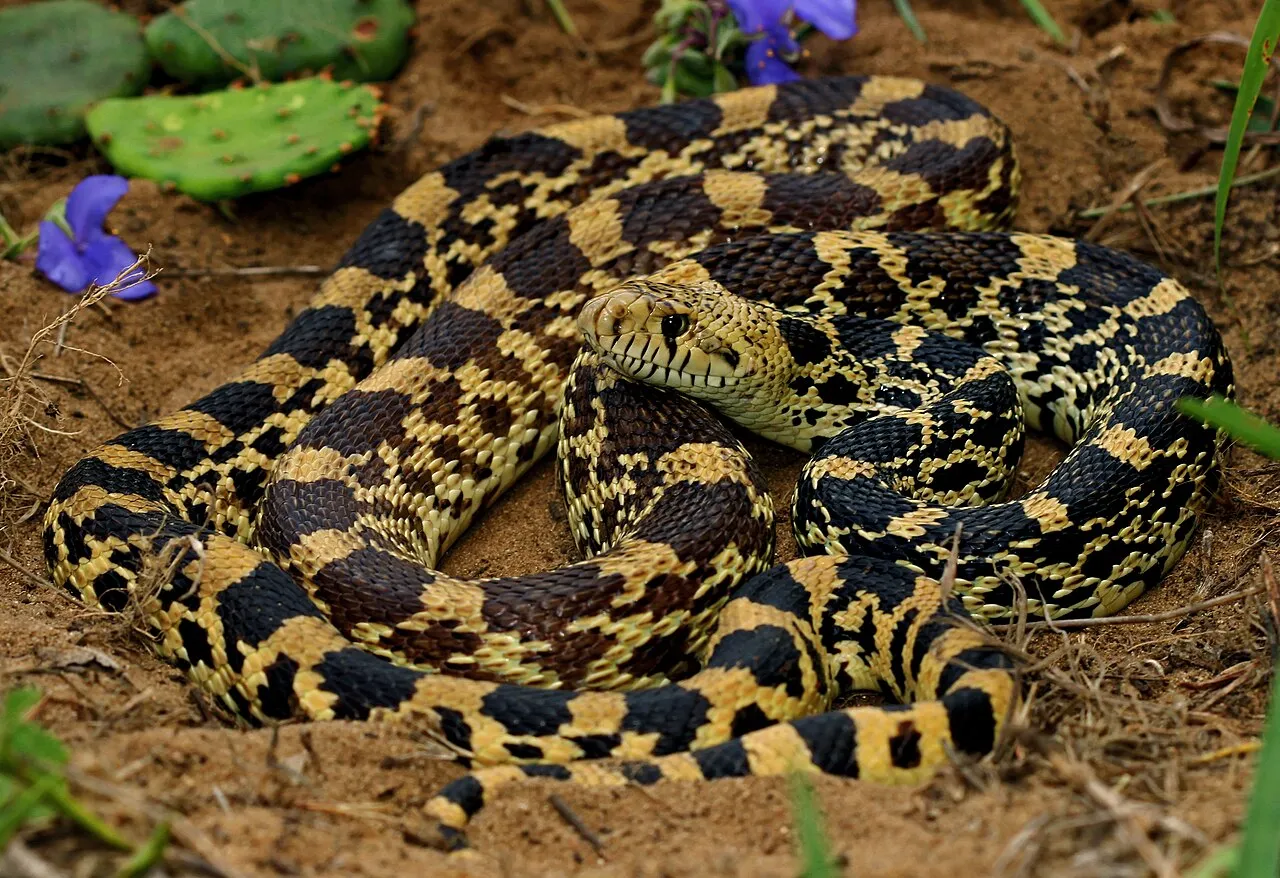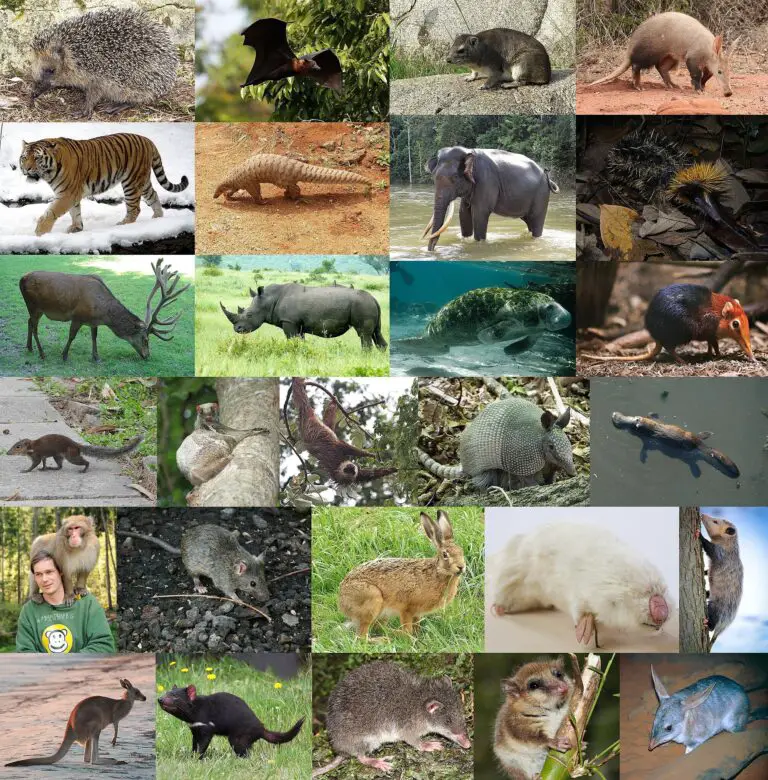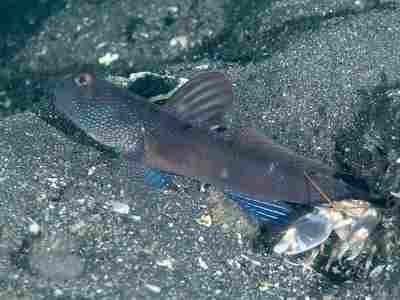Neither the gopher snake nor the bullsnake are venomous. They are non-venomous constrictors.
5. Size:
Gopher Snake:
Adults typically range from 3 to 5 feet in length, although some individuals may reach lengths of up to 7 feet.
Bullsnake:
Generally larger than the gopher snake.
Adults typically range from 4 to 6 feet in length, with some individuals reaching lengths of up to 8 feet.
6. Weight:
Gopher Snake:
Adults typically weigh between 1 to 2 pounds, with larger specimens reaching up to 4 pounds.
Bullsnake:
Generally heavier than the gopher snake.
Adults typically weigh between 2 to 4 pounds, with some individuals reaching weights of up to 6 pounds.
7. Bite Force (PSI):
Both gopher snakes and bullsnakes are non-venomous constrictors and do not possess specialized fangs for injecting venom. Therefore, their bite force is not measured in terms of PSI (pounds per square inch) as it would be for venomous snakes
8. Physical Offensive Advantages:
Both species rely on their ability to constrict prey rather than delivering a venomous bite. They have muscular bodies that enable them to overpower and restrain their prey.
9. Physical Defensive Advantages:
Bullsnake (Credit: Library of the U.S. Fish and Wildlife Service 2007)
Gopher snakes and bullsnakes have similar defensive mechanisms.
They may hiss loudly, inflate their bodies, and vibrate their tails when threatened, mimicking the appearance and behavior of venomous snakes to deter predators.
Their coloration and pattern help camouflage them in their natural habitat, providing some level of protection from predators.
10. Speed:
Both gopher snakes and bullsnakes are not known for their speed. They are primarily ambush predators and rely on stealth rather than speed to capture their prey.
11. Agility:
Neither gopher snakes nor bullsnakes are particularly agile compared to more arboreal or fossorial species. They move with a typical serpentine motion, which allows them to navigate through their environment but is not characterized by high levels of agility.
12. Senses:
Gopher snakes and bullsnakes have well-developed senses, including:
Olfaction: They have a keen sense of smell, which they use to locate prey and navigate their environment.
Vision: While not as acute as some diurnal predators, they have good vision and can detect movement.
Heat Sensing: They possess heat-sensing pits on their faces, which allow them to detect warm-blooded prey.
Vibration Detection: They are sensitive to vibrations, which helps them detect nearby movement, including potential threats.
13. Overall Physical Capacity:
Both gopher snakes and bullsnakes are well-adapted to their semi-arid environments.
They have muscular bodies that enable them to constrict prey efficiently.
While not particularly fast or agile, they are effective ambush predators and are well-suited to their ecological niche.
14. Habitat Preference(s) and Geographic Region:
Bullsnake (Credit: Peter Paplanus 2018 ( CC BY 2.0 )
Gopher Snake:
Found in a variety of habitats, including grasslands, scrublands, deserts, and open woodlands.
Commonly found throughout much of North America, ranging from southern Canada to northern Mexico.
Bullsnake:
Prefers open grasslands, prairies, and agricultural areas.
Found primarily in the central United States, ranging from Texas to North Dakota.
15. Tracks:
Both gopher snakes and bullsnakes leave tracks that resemble those of other snakes.
Their tracks typically show a series of parallel lines or grooves in the substrate, corresponding to the movement of their ventral scales.
16. Lifespan:
Gopher Snake:
In the wild, gopher snakes typically live between 12 to 15 years.
In captivity, they can live up to 20 years or more with proper care.
Bullsnake:
Similar lifespan to the gopher snake.
In the wild, they typically live between 12 to 15 years, while in captivity, they can live up to 20 years or more.
17. Mode of Feeding:
Both gopher snakes and bullsnakes are constrictors.
They primarily feed on small mammals such as rodents, as well as birds, bird eggs, lizards, and occasionally other snakes.
They capture prey by striking and then constricting it with their muscular bodies before swallowing it whole.
18. Intelligence:
Gopher snakes and bullsnakes are not considered highly intelligent in the same way as some other reptiles, such as certain species of monitor lizards
However, they do exhibit behaviors indicative of learning, such as recognizing prey items, selecting appropriate hunting strategies, and responding to environmental cues.
19. Social Behavior:
Both gopher snakes and bullsnakes are solitary animals and typically lead solitary lives except during the breeding season.
They do not exhibit complex social behaviors seen in some other species of snakes.
20. Mode of Reproduction:
Both gopher snakes and bullsnakes are oviparous, meaning they lay eggs.
Mating usually occurs in the spring, with females laying clutches of eggs in the summer.
Females may lay anywhere from 3 to 24 eggs, depending on factors such as age, size, and environmental conditions.
21. Parental Behavior:
Gopher snakes and bullsnakes exhibit no parental care beyond the act of laying eggs.
After laying their eggs, females provide no further care to the offspring, and the hatchlings are independent from birth, having to fend for themselves.
22. Proximity to Human-Inhabited Areas:
Both gopher snakes and bullsnakes can be found in close proximity to human-inhabited areas.
They may inhabit agricultural lands, suburban areas, and even urban environments where suitable habitat is available.
They often help control rodent populations, making them beneficial neighbors in many cases.
23. Behavior Toward Humans:
Gopher Snake (Credit: Patrick Alexander 2017 (CC0 1.0)
Gopher snakes and bullsnakes are generally shy and non-aggressive towards humans.
When encountered, they are more likely to retreat and hide rather than confront or attack.
However, if threatened or cornered, they may hiss loudly, inflate their bodies, and vibrate their tails in a defensive display.
24. Danger Posed to Humans:
Neither gopher snakes nor bullsnakes are venomous, and they pose little to no danger to humans.
While they may bite if provoked or handled roughly, their bites are non-venomous and typically harmless, causing only minor injury or discomfort.
25. Associated Precautions:
Despite their harmless nature, it is always advisable to treat gopher snakes and bullsnakes with respect and caution.
If encountered in the wild, they should be observed from a safe distance and left undisturbed.
If encountered near human-inhabited areas, efforts should be made to peacefully coexist with these beneficial predators rather than attempting to harm or remove them.
26. Conservation Status:
Both gopher snakes and bullsnakes are generally not considered to be at risk of extinction.
Their populations are stable throughout much of their range, and they are not currently listed as threatened or endangered species.
However, localized threats such as habitat loss, road mortality, and persecution by humans can impact local populations and should be addressed to ensure their long-term survival.
*Summary of Comparison Gopher Snake (Pituophis catenifer) :
Taxonomy:
Kingdom: Animalia
Phylum: Chordata
Class: Reptilia
Order: Squamata
Family: Colubridae
Genus: Pituophis
Species: P. catenifer
Appearance:
Tan, yellow, or light brown with dark brown or black blotches
Cream-colored belly with dark markings
Smooth scales with a glossy appearance
Head and Tail Morphology:
Head slightly broader than the neck
Tapered tail
Venomous Potency: Non-venomous constrictor
Size: 3 to 5 feet in length
Weight: 1 to 2 pounds
Physical Defensive Advantages:
Hissing, inflating body, vibrating tail
Camouflage in natural habitat
Habitat Preference(s) and Geographic Region:
Grasslands, scrublands, deserts, open woodlands
Found throughout North America
Lifespan: 12 to 15 years in the wild
Mode of Feeding: Constrictor, preys on small mammals, birds, lizards
Behavior Toward Humans: Generally shy, non-aggressive
Bullsnake (Pituophis catenifer sayi) :
Taxonomy:
Kingdom: Animalia
Phylum: Chordata
Class: Reptilia
Order: Squamata
Family: Colubridae
Genus: Pituophis
Species: P. catenifer sayi
Appearance:
Light brown or yellowish with dark blotches
Cream-colored belly with fewer markings
Smooth scales with a glossy appearance
Head and Tail Morphology:
Distinct head from neck, triangular shape
Tapered tail
Venomous Potency
Size: 4 to 6 feet in length
Weight: 2 to 4 pounds
Physical Defensive Advantages:
Hissing, inflating body, vibrating tail
Camouflage in natural habitat
Habitat Preference(s) and Geographic Region:
Open grasslands, prairies, agricultural areas
Found in central United States
Lifespan: 12 to 15 years in the wild
Mode of Feeding: Constrictor, preys on small mammals, birds, lizards
Behavior Toward Humans: Generally shy, non-aggressive



